急急急,请各位英文高手大侠,帮帮忙翻译啊
Since the end of 2000, the U.S. dollar against the euro depreciated by about 40%, against the Japanese yen also depreciated by nearly 16 percent, making the yuan pegged to the dollar and the world's major currency devaluation in fact, also indirectly, although such an increase of Chinese goods in the international market price advantages, but also exacerbated the country and the world's major trade friction, sparked controversy over the appreciation of the renminbi. July 21, 2005 People's Bank of China announced approval of the State Council, since July 21, 2005 onwards, China began to implement the basis of market supply and demand with reference to a basket of currencies, a managed floating exchange rate system, the yuan against the U.S. dollar appreciation of the exchange rate has been nearly three years in a row 20%. On the current situation, the United States, the European Union and other major countries in the world financial system instability, increased risk of economic recession. Accounted for 42 percent of China's total exports of the United States, the European Union and other countries have been plunged into recession brought about by China's exports to the tremendous pressure.
China's export of textile items, textile production and sales volume and export volume ranks the various import and export products of China's top three, China has become the world's major textile export processing areas, and the textile and garment export rate of 50% ~ 60% . Appreciation of the renminbi, in a sense, means that export prices of Chinese products and declining competitiveness, the study shows that one percent appreciation of yuan each, the textile industry sales will decline 2% -6%. If 5% appreciation of the renminbi -10%, industry 10% decline in profit margins -60%. Among them, cotton, wool textiles and apparel industry fell 3.19 percent profit margin, 2.27%, 6.18%, the apparel industry due to the highest degree of dependence on exports, the greatest damage. Therefore, the appreciation of the renminbi is bound to rely heavily on exports to international markets have a major impact on China's textile industry. Textiles and garments as a trading power, how to deal with the appreciation of the renminbi, has become the focus we have to think about. I think we can consider the following strategy: First, to speed up industrial restructuring, and optimize the structure of export products. Second, the implementation of "going out" strategy, and actively explore diversified market. Third, actively carry out technical R & D and innovation, cultivating its own brand of textile exports. Fourth, the active use of financial derivatives to avoid appreciation of the RMB exchange rate risks.
版权声明:本文由哟品培原创或收集发布,如需转载请注明出处。

